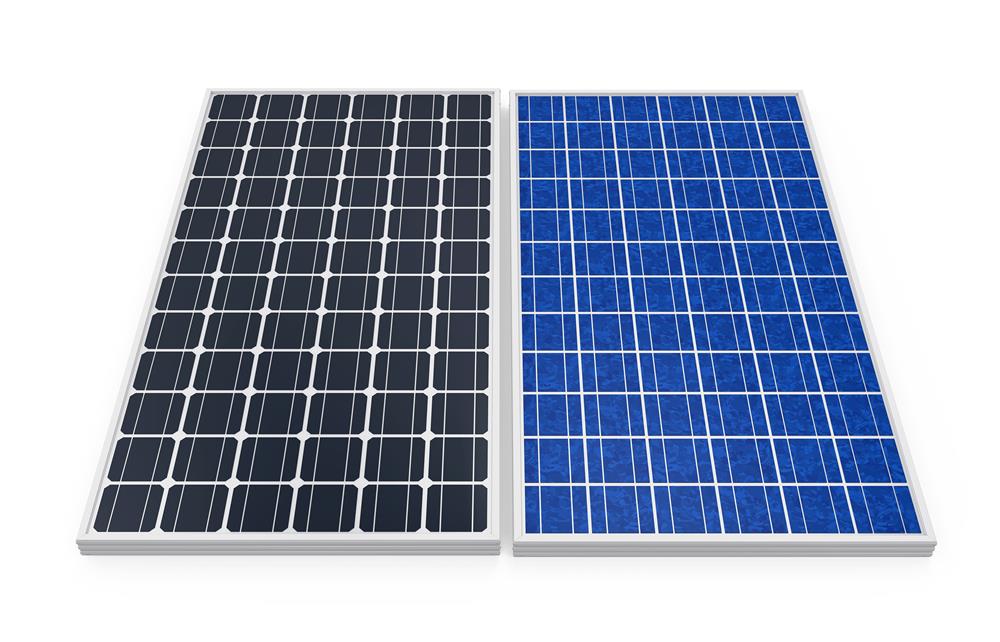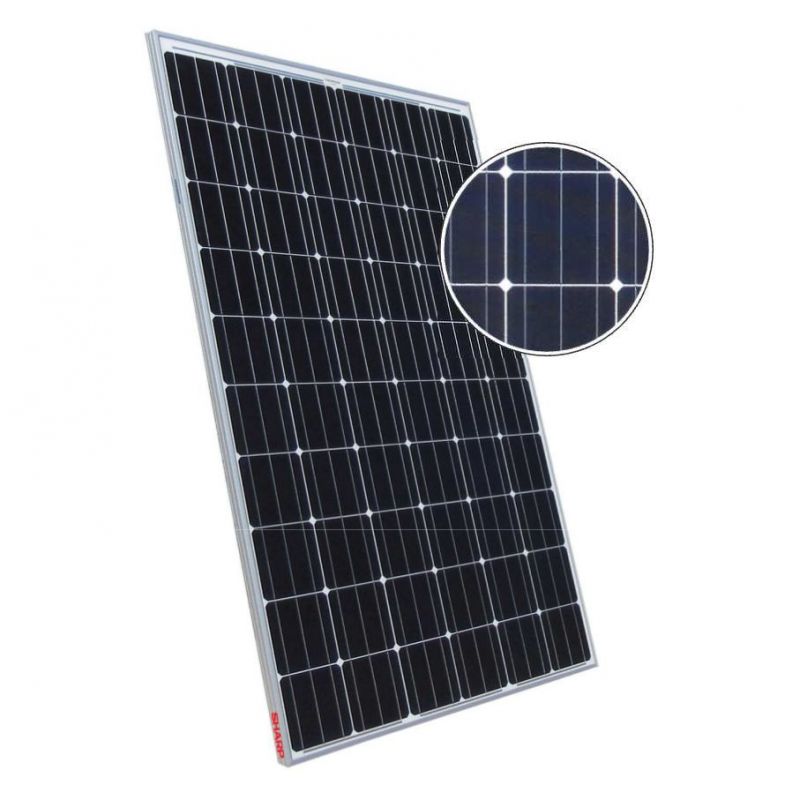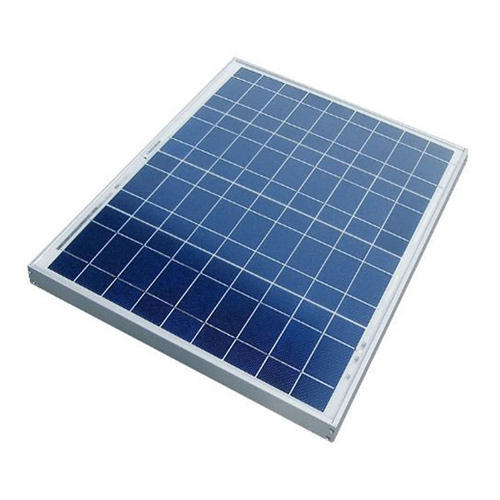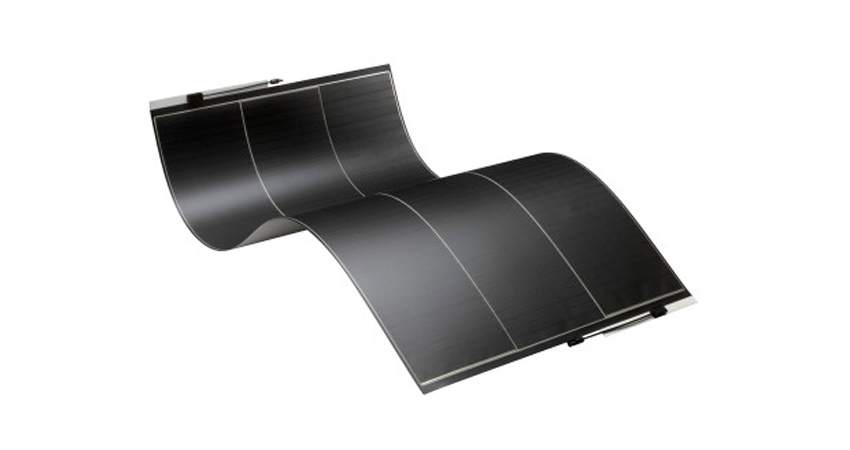There are three main types of technology used in the manufacturing process of Puerto Rico solar panels. All of them have their pros and cons. Understanding the differences found in each type of panel is a smart way to ensure you get the right system for your home.
The three main types of solar panels in use today are monocrystalline, polycrystalline, and thin-film amorphous. Two of these solar panels share their name with their construction material. As the name suggests, monocrystalline and polycrystalline are made of crystalline silicon. It’s this crystalline silicon that gives almost every solar panel their color and dark appearance. In most instances, a Puerto Rico solar system company utilizes one of these two crystalline solar panels for your home.
Mono vs Poly – Puerto Rico Solar Panels
The two types of crystalline solar panels – ‘mono’ or ‘poly’ are similar but different in many ways. Monocrystalline solar panels entered production first. Consequently, they have more use in the market. In Puerto Rico, most residential areas use mono-solar panels. However, during the last five to six years, polycrystalline solar panels became the most used type of solar panel. Notably, both monocrystalline and polycrystalline solar panels are very similar in performance. In this case, when offered both types, focus more on the brand of solar panels the company you hired works with.
The third and last type of solar panel is the thin film. This is the newest technology of the three. This panel features a number of different specs than the other two. You can identify this category of panel by its solid black appearance. Also, the panels are larger so these systems take up a lot of roof space. Despite being the most modern solar panel, it’s not always the best option. Be that as it may, they are the most economical option of the three.
Monocrystalline Solar Panels – Puerto Rico Solar Panels
The name ‘Monocrystalline’ suggests that this type of solar panel utilizes single solar flat solar cells that appear like tiles of a single color. These panels come from a single continuous crystal structure. Being the oldest panel, researchers spent more time developing and improving this design. That’s why these panels are more efficient than the other two technologies of solar panels.
Pros
Mono panels have the highest efficiency rate because they are made of high-grade silicone. Solar panel brands started developing high efficiency monocrystalline solar panels for a number of reasons. Mainly, because they are more energy-efficient. Interestingly, SolarCity announced in 2015 that they developed the world’s most efficient solar panel. Not long after, the company Panasonic established this achievement with an efficiency rate of 22.5%.
Importantly, Monocrystalline panels are more capable under warm weather. Puerto Rico experiences warm summer days where temperatures reach over 105°F! You may think that all solar panels work in hot temperatures, but that’s not the case.
Importantly, every solar panel has a temperature coefficient. This number is the level at which the production of electricity falls. These specifications vary for each type of solar panel. Remember, sunlight isn’t the same as warm weather. When the temperatures go way up, electricity production goes down. Thankfully, this decrease in energy production does not impact monocrystalline panels as much as it does polycrystalline panels.
Monocrystalline panels have an excellent lifespan. Most solar panel brands provide a 20-year warranty on their mono panels. Surprisingly, crystalline panels last longer because they are made out of crystalline silicon. Critically, this material is inert and stable.
Cons
Monocrystalline panels are made through a method known as the Czochralski method. In this process, a silicon crystal sits in a vat of molten silicon. The crystal forms into a sheet and is then made into a cell. Even though this method produces a large amount of potential solar cells, they are cut up. Unfortunately, a large amount of silicon ends up as waste. This waste of resources is one of the negative affects solar has on the environment. Using a lot of material also means that monocrystalline solar panels are the most expensive.
Polycrystalline Solar Panels – Puerto Rico Solar Panels
Polycrystalline solar panels are also made out of crystalline silicon. This type of solar panel is a newer technology and its manufacturing methods can differ. The name polycrystalline means that it utilizes more than a single crystal. Just like monocrystalline panels, poly solar panels are made with a silicon crystal placed in a vat of molten silicon. The only difference is that while in the monocrystalline the vat is molten, the vat of silicon when making a polycrystalline can cool. As a result, the process requires less silicon material.
Pros
Compared to mono solar panels, the amount of silicon thrown away is less when making a polycrystalline panel. This process also costs less, making the solar panel less expensive than the monocrystalline. Solar panel manufacturers invested millions into the development of polycrystalline panels because of its lower price. Lower prices drive demand. Still, compared to a monocrystalline in terms of efficiency, their rating is low. Poly panels have a lower resistance to heat, but their temperature coefficient is higher than monocrystalline solar cells. This means that their energy production does not decrease as much in this scenario.
Cons
The materials used to make these types of solar panels are of less quality. The results are that poly panels are not as efficient as the mono panels. Typically, polycrystalline panels have an efficiency of 14%-16%. A lower efficiency also means that the poly solar panels require more roof space to be able to put out the same electrical output as monocrystalline panels.
Thin Film Solar Panels – Puerto Rico Solar Panels
You may recognize thin-film panels as the type of solar panels that have a solid black appearance. This thin-film technology is more modern and totally different from monocrystalline and poly panels. Importantly, thin-film panels are not a major upgrade in terms of power creation. There is a specific set of substances that manufacturers utilize to produce thin-film panels. These types of solar panels are made by pouring a photovoltaic substance into a solid surface. This substance contains multiple combinations to make the solar cell. Each combination is a different type of panel but still falls under the category of thin-film solar panels.
Pros
This type of solar panel is the most economical of the three types of panels in the market. That’s because thin-film solar panels have a simple manufacturing process. Their method of creation is what gives them an appealing look. In many cases, thin-film panels can be made flexible. This opens up new possibilities to use the solar panels in more ways than just a roof panel. When roof space is not an issue, thin-film solar panels could be an ideal choice for you.
Cons
Even though it’s the most economical solar panel type, it’s at the cost of roof space. Thin-film solar panels take up a lot of space, making it not useful in many residential areas. Solar panel brands continue to develop more efficient thin-film panels. Currently, the ones available on the market only have a an efficiency of around 10%-15%. Having lower quality components also means that the thin film panel doesn’t have a big lifespan. This type of panel tends to degrade faster, which is why they come with a smaller warranty.
General Maintenance can provide you with all your Puerto Rico Solar Panel needs. Contact us today to receive a free estimate.




